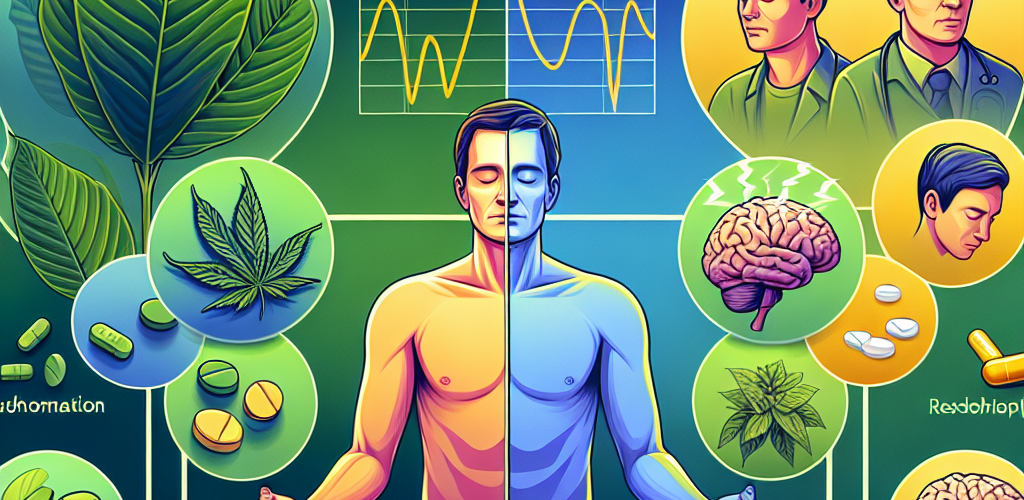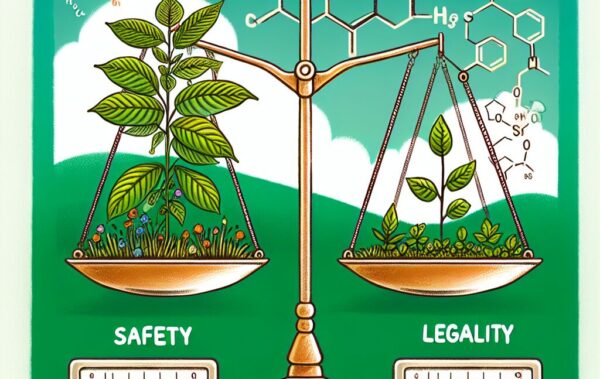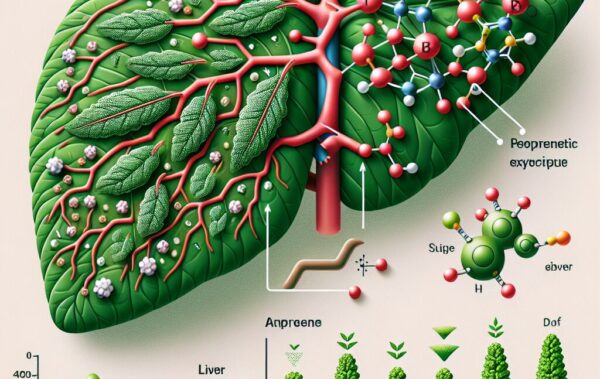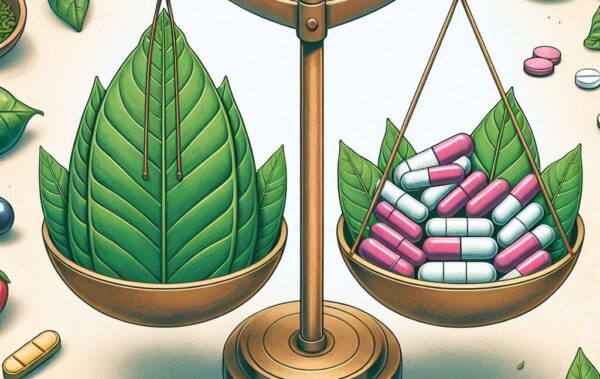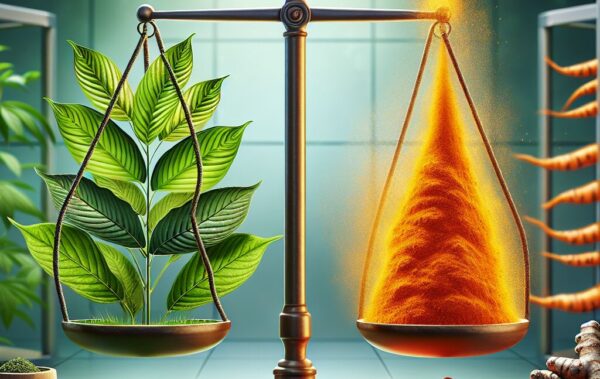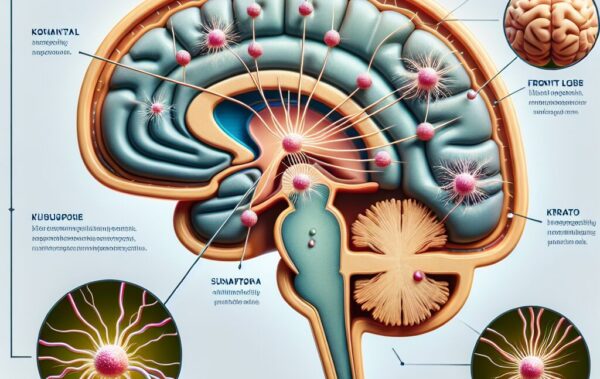- Overview of Kratom and Its Effects on Mood
- Common Psychoactive Substances for Mood Enhancement
- Mechanisms of Action: Comparing Kratom with Other Psychoactives
- Efficacy and Safety: Evaluating Mood Alteration Outcomes
- Legal and Regulatory Considerations for Kratom and Psychoactive Substances
Kratom, a tropical tree native to Southeast Asia, has been historically used for its wide array of medicinal properties. The leaves of the kratom plant contain compounds known as alkaloids, with mitragynine and 7-hydroxymitragynine being the most notable for their effects on mood alteration. People who use kratom often report a combination of mild stimulation and relaxation, depending on the dosage and the strain consumed.
At lower doses, kratom functions similarly to a stimulant. Users have described increased energy, more sociability, and heightened alertness, akin to the effects of a strong cup of coffee. On the other hand, higher doses tend to produce sedative effects, which can include feelings of calmness, a drop in anxiety levels, and pain relief. These dual qualities make kratom unique among herbal remedies and psychoactive substances, as it can be tailored to suit different needs and times of day.
When discussing the impact of kratom on mental health, it is crucial to take into account both anecdotal reports and limited scientific studies available. With its mood-enhancing properties, kratom is often considered by users as an alternative to other mood-altering substances, providing a more natural approach to managing mood, stress, and anxiety. However, the intricacies of how kratom achieves these effects are not fully understood and warrant further exploration.
Individuals looking to buy kratom can easily find it in various forms, including powders, capsules, extracts, and edibles. Each form offers its own advantages in terms of ease of use, onset time, and the length of its effects. Consumers can choose based on their preference and comfort level with the different application methods.
Despite its reported benefits, kratom should be used with caution because, like many herbal supplements, it has not been subjected to rigorous clinical trials typically required for pharmaceuticals. Many users advocate for its efficacy, suggesting that when used responsibly, kratom can be a powerful tool for mood enhancement and overall mental health support. Nonetheless, this view should be balanced with an acknowledgment of the potential risks and the need for more controlled studies to fully understand the impacts of long-term kratom use.
Common Psychoactive Substances for Mood Enhancement
When exploring the arena of mood enhancement, a litany of psychoactive substances comes to mind. Caffeine, found in coffee and tea, is perhaps the most ubiquitously consumed psychoactive substance and is revered for its stimulating effects. Though not often associated with mood alteration per se, the boost in energy and alertness it offers can indirectly contribute to an uplifted mood for many individuals.
Beyond caffeine, we enter the territory of prescribed medications like selective serotonin reuptake inhibitors (SSRIs), commonly used in the treatment of depression and anxiety disorders. These medications adjust the levels of neurotransmitters in the brain, fostering an environment that can alleviate low mood and anxiety. However, due to their pharmacological nature, SSRIs come with a potential for side-effects and often require a physician’s oversight.
In the recreational domain, substances such as alcohol, marijuana, and nicotine are frequently sought-after for their mood-altering properties. Alcohol is a depressant that may initially provoke feelings of euphoria and relaxation, but its effects on mood can become negative with overuse. Marijuana, on the other hand, contains cannabinoids that can cause varied reactions from euphoria and relaxation to paranoia and anxiety, depending on the individual and the strain. Nicotine, delivered through tobacco products, can act both as a stimulant and a relaxant but also comes with high addiction potential and adverse health impacts.
Another class of psychoactives includes hallucinogens like LSD and psilocybin mushrooms. These substances alter perception, mood, and a variety of cognitive processes. They have been subjects of both historical use in spiritual contexts and, more recently, research into their therapeutic potential for conditions such as PTSD and depression.
In considering these options alongside kratom, it becomes apparent that individuals have a multitude of choices when seeking mood enhancement. Kratom’s relative position in this landscape is particularly interesting. It is not typically associated with severe impairment or intoxication when used responsibly, giving it a unique place among psychoactive substances. It is worth noting, however, that while some users highlight kratom’s efficacy in mood enhancement, it has yet to undergo the same level of scientific scrutiny as other substances on this list.
Users interested in exploring the potential mood-enhancing effects of kratom can find a broad selection of products, from kratom powders that can be brewed into a tea, to more convenient capsules. Each offers a different route of administration, which may affect the experience and duration of mood alteration.
In summary, the spectrum of psychoactive substances that individuals employ for mood enhancement is wide and diverse. Each comes with its own set of characteristics, potential benefits, and risks. As with any mood-altering substance, it’s crucial for users to consider their individual circumstances, health status, and the legal framework within their region before partaking in use. And while kratom is one such substance gaining attention for its unique attributes, thorough research and user discretion are advisable.
Mechanisms of Action: Comparing Kratom with Other Psychoactives
Kratom’s alkaloids interact with the body’s opioid receptors, but they do so in a fashion distinct from traditional opioids. Mitragynine, the most prevalent alkaloid in kratom, has a dual mechanism of action, functioning as a partial agonist at the mu-opioid receptor and as an antagonist at other opioid receptors. This imparts the stimulatory effects at low doses and the sedative effects at higher doses, which users leverage for mood alteration.
By contrast, commonly known psychoactive substances like THC from cannabis work by engaging with the endocannabinoid system. THC mimics substances naturally found within the body that primarily bind to cannabinoid receptors in the brain. This interaction results in the varied psychological effects of marijuana, from heightened mood to relaxation or, in some cases, anxiety.
Similarly, SSRIs, which are commonly prescribed for depression and anxiety, function by increasing serotonin levels in the brain. Serotonin is a neurotransmitter that contributes to the feeling of happiness and well-being. By preventing the reuptake of serotonin, SSRIs leave more of this neurotransmitter available in the synaptic space between neurons, potentially enhancing mood.
Psychoactive substances such as alcohol, LSD, and psilocybin work through different pathways. Alcohol effects are largely due to its interaction with the gamma-aminobutyric acid (GABA) neurotransmitter system, resulting in the depression of the central nervous system. Meanwhile, LSD and psilocybin, classified as hallucinogens, primarily influence serotonin receptors, which can lead to altered states of consciousness and, in some cases, reported long-term improvements in mood and psychological well-being.
It is necessary to emphasize the importance of understanding these mechanisms to appreciate the nuances of how kratom and other psychoactives can affect mood. With this knowledge, users are better equipped to make informed decisions about kratom and related products, such as those found in the kratom shop or specific categories like kratom extracts.
While the scientific investigation into kratom’s benefits and risks continues, it is clear that its effect on mood is mediated by a complex interaction with the body’s opioid system, which sets it apart from other psychoactive substances. Due to these unique properties, kratom has captured the interest of those seeking alternative herbal remedies for mood enhancement and mental health support.
| Substance | Mechanism of Action |
|---|---|
| Kratom | Interacts with opioid receptors, acting as a stimulant in low doses and a sedative in high doses |
| THC | Binds to cannabinoid receptors in the endocannabinoid system |
| SSRIs | Inhibits serotonin reuptake in the brain |
| Alcohol | Acts on GABA neurotransmitter system, resulting in central nervous system depression |
| LSD/Psilocybin | Alters serotonin receptor activity leading to changes in perception and mood |
Efficacy and Safety: Evaluating Mood Alteration Outcomes
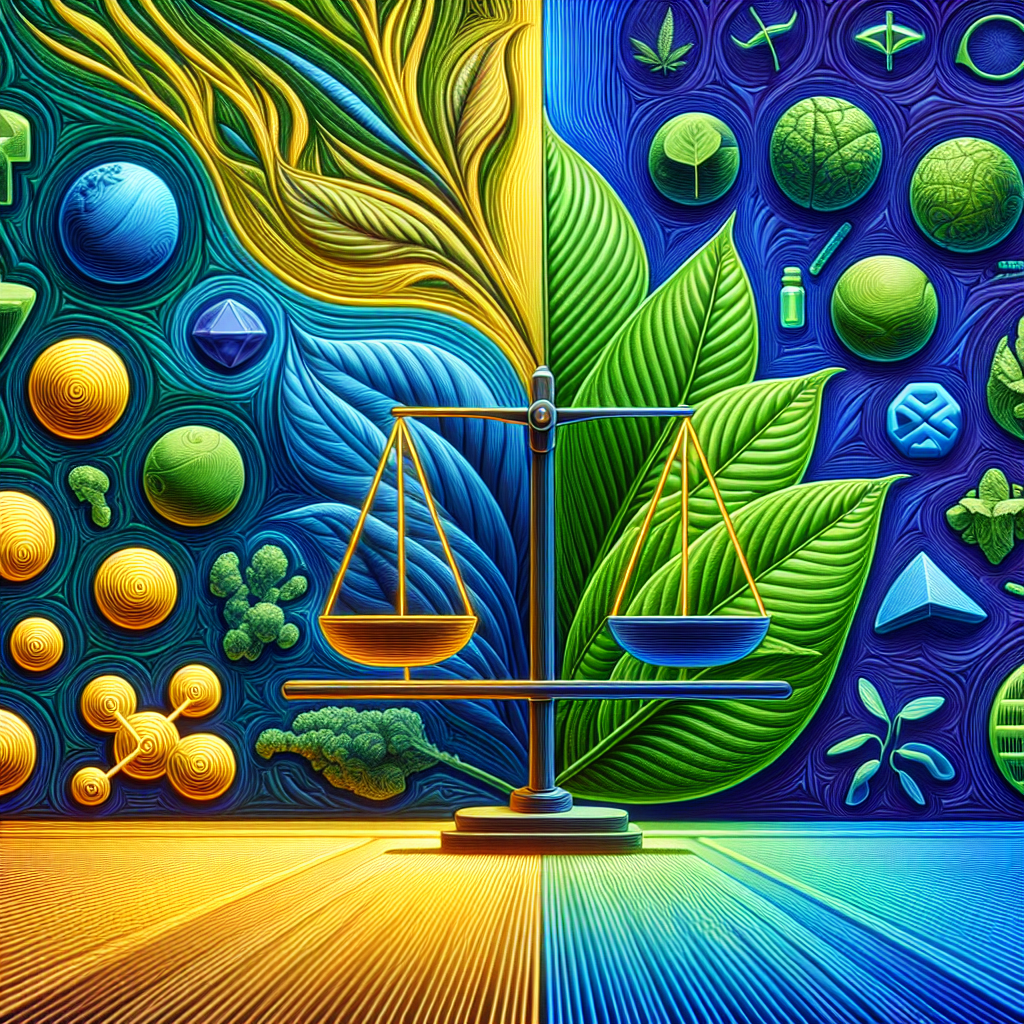 When evaluating the efficacy and safety of kratom and other psychoactive substances for mood alteration, it is paramount to consider both the potential health benefits and risks associated with their use. While anecdotal evidence and some preliminary research suggest that kratom may offer mood alteration and mental health support, its safety profile remains under scrutiny. Users and researchers alike seek to understand the balance between kratom’s therapeutic potential and any adverse effects that may result from its use.
When evaluating the efficacy and safety of kratom and other psychoactive substances for mood alteration, it is paramount to consider both the potential health benefits and risks associated with their use. While anecdotal evidence and some preliminary research suggest that kratom may offer mood alteration and mental health support, its safety profile remains under scrutiny. Users and researchers alike seek to understand the balance between kratom’s therapeutic potential and any adverse effects that may result from its use.
The assessment of efficacy is crucial. Many individuals report that kratom provides significant relief from anxiety, depression, and stress, contributing to enhanced mood and an overall sense of well-being. These subjective reports highlight kratom’s dual stimulant-sedative effects, which vary based on dosage and strain selection. Different varieties of kratom, such as Red Vein or Green Vein powders, may exhibit distinct profiles influencing mood in diverse ways.
When discussing safety, it’s essential to acknowledge the lack of comprehensive, long-term studies specifically investigating kratom’s impact on health. However, existing reports indicate potential risks, including dependency, if used excessively. The safety of kratom also hinges on product quality and the presence of adulterants or contaminants, establishing the importance of sourcing kratom from reliable vendors offering lab-tested products. Users may explore a range of high-quality kratom products, from powders to capsules, ensuring they have access to safe and effective herbal remedies.
Beyond individual use, the evaluation of kratom’s place in mood alteration involves an assessment of its interactions with other substances and medications, which can pose additional risks. One must employ a degree of caution when mixing kratom with other psychoactive substances or pharmaceuticals to avoid possible adverse reactions.
Here are some key points to consider regarding the efficacy and safety of kratom for mood alteration:
- Subjective efficacy in mood enhancement, stress reduction, and anxiety relief.
- Varied effects based on dosage, strain, and individual biochemistry.
- Limited but promising research on mood alteration and mental health support.
- Risks associated with dependency, product quality, and interaction with other substances or medications.
- The necessity for users to seek high-quality, well-sourced kratom products from reputable suppliers.
The ongoing conversation surrounding kratom’s efficacy and safety underscores the need for a balanced approach that considers personal experiences, anecdotal reports, and the growing body of scientific knowledge. Further rigorous research is essential to fully understand kratom’s potential benefits and limitations as a mood-altering substance and its role within the broader context of mental health support and herbal remedies.
| Efficacy Factor | Safety Consideration |
|---|---|
| Mood enhancement reported by users | Potential for dependency |
| Strain-specific effects on mood | Importance of product quality and testing |
| Therapeutic potential | Drug interactions and contraindications |
| Anecdotal evidence supported by preliminary research | Regulatory status and legality |
| Preference based on individual biochemistry | Need for further controlled studies |
As users navigate their options for mood alteration, they are advised to carry out diligent research, consult healthcare professionals when necessary, and always prioritize safety. The intricate balance of effectiveness and security is a crucial element of responsible kratom use, and as such, individuals are encouraged to advocate for and participate in ongoing conversations and research around kratom and mental health.
Legal and Regulatory Considerations for Kratom and Psychoactive Substances
Navigating the legal and regulatory waters regarding kratom and other psychoactive substances can be a complex endeavor. Laws concerning kratom usage, production, and sales vary widely across different countries and even between states or regions within countries. The shifting landscape of regulations is driven by a multitude of factors, including contemporary research, public opinion, and governmental policymaking, which are all influenced by concerns related to public health and safety.
In the United States, kratom’s legality is a patchwork of state and federal regulations. While the U.S. Drug Enforcement Administration (DEA) has not classified kratom as a controlled substance, some states and local jurisdictions have enacted their own bans or restrictions. In opposition to these regulations, there are also strong advocacy efforts by parts of the kratom community to keep the substance legal and accessible, fueled by testimonies of its purported benefits for mood alteration and mental health.
Internationally, the picture is equally diverse. Some countries, like Thailand and Malaysia, historically placed bans on kratom due to concerns about abuse potential. However, it is noteworthy that Thailand partially reversed its ban, acknowledging kratom’s traditional use and potential economic benefits. These shifting perspectives highlight the ongoing debates about the risks and benefits of kratom.
As for other psychoactive substances, legal frameworks are similarly intricate. Substances like alcohol and nicotine are legal in most places, yet heavily regulated due to their health implications. Contrast that with certain hallucinogens and cannabis, which have been historically banned but are now seeing a wave of legalization and decriminalization, especially where medical and therapeutic use is concerned.
In exploring the legal and regulatory considerations, several key points must be highlighted:
- The dichotomy between the potential therapeutic benefits of kratom and concerns regarding its safety and potential for abuse.
- International variability in legal status, with some countries completely banning kratom while others regulate its use similarly to caffeine or nicotine.
- The evolving nature of regulations as new research emerges and public perceptions about herbal remedies change.
- The role of advocacy groups in shaping legislation and promoting research to support informed decision-making by policymakers.
- Consumer responsibility in adhering to local laws and regulations while advocating for access to kratom.
Kratom’s unique status as a natural substance that can alter mood without the profound impairment associated with other psychoactives places it in a gray area of the law. Regulations are often a step behind the most current scientific findings and public opinion, resulting in a confusing mix of policies that can be difficult for consumers and professionals alike to navigate.
For those looking to legally purchase kratom in areas where it is permitted, the importance of choosing reputable vendors cannot be overstated. Quality and compliant sources, such as the kratom shop, ensure consumers receive products that meet regulatory standards. Customers can select from a variety of kratom forms, including lab-tested powders and capsules, which may aid them both legally and health-wise.
| Legal Status | Location |
|---|---|
| Unregulated | Some U.S. states and countries |
| Regulated | Certain U.S. states and international jurisdictions |
| Banned | Various countries and regions |
| Medicinally legal | States/countries where medical use is permitted |
| Decriminalized | Regions moving away from strict prohibitive measures |
In light of these considerations, those interested in kratom for mood alteration and mental health support must stay up to date with local laws and regulations. It is equally essential for the kratom industry and consumers to push for thorough and transparent research that can guide legislation and ensure the safety and well-being of users. As communities and governments grapple with finding a balance between caution and accessibility, the future of kratom, along with other psychoactive substances, remains an actively unfolding chapter in the ongoing discourse surrounding herbal remedies and mental health.

